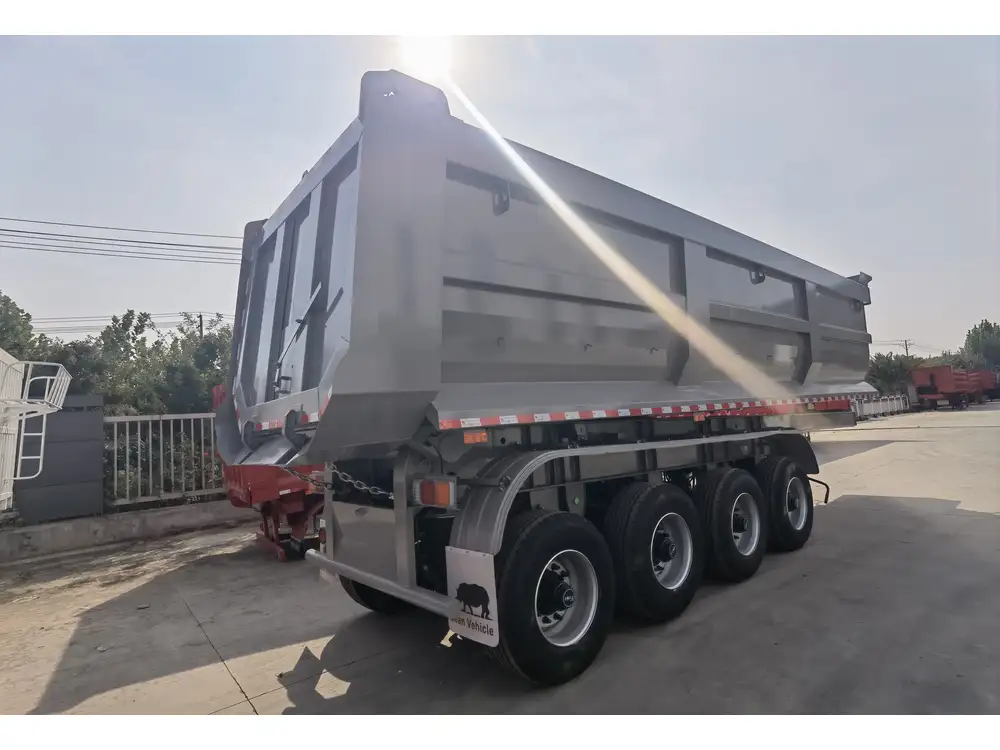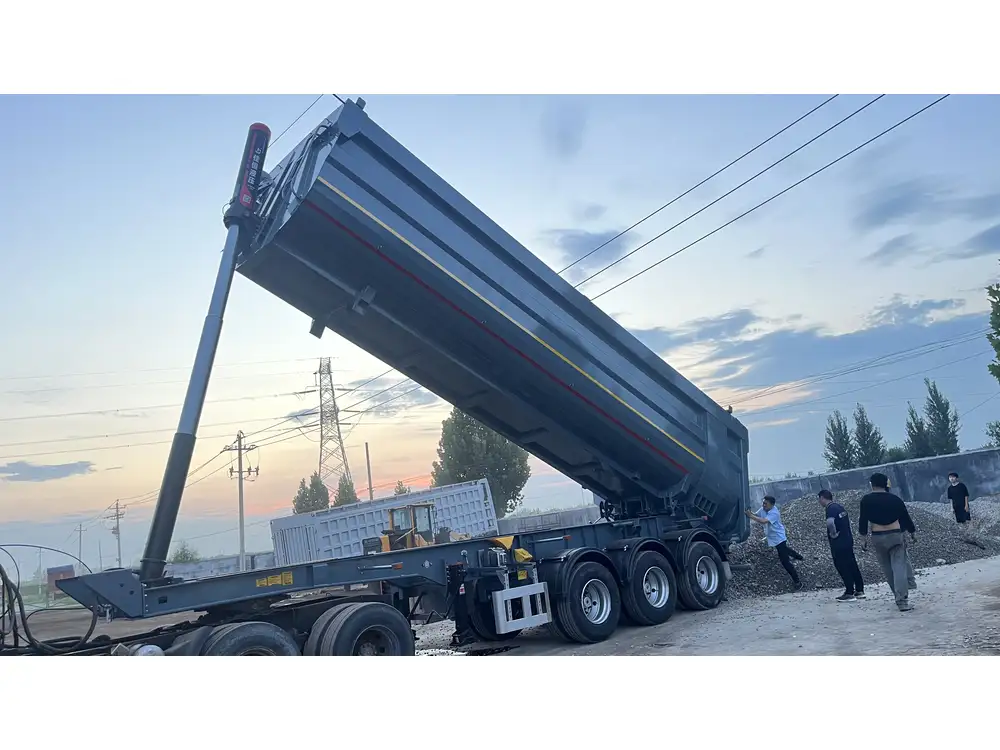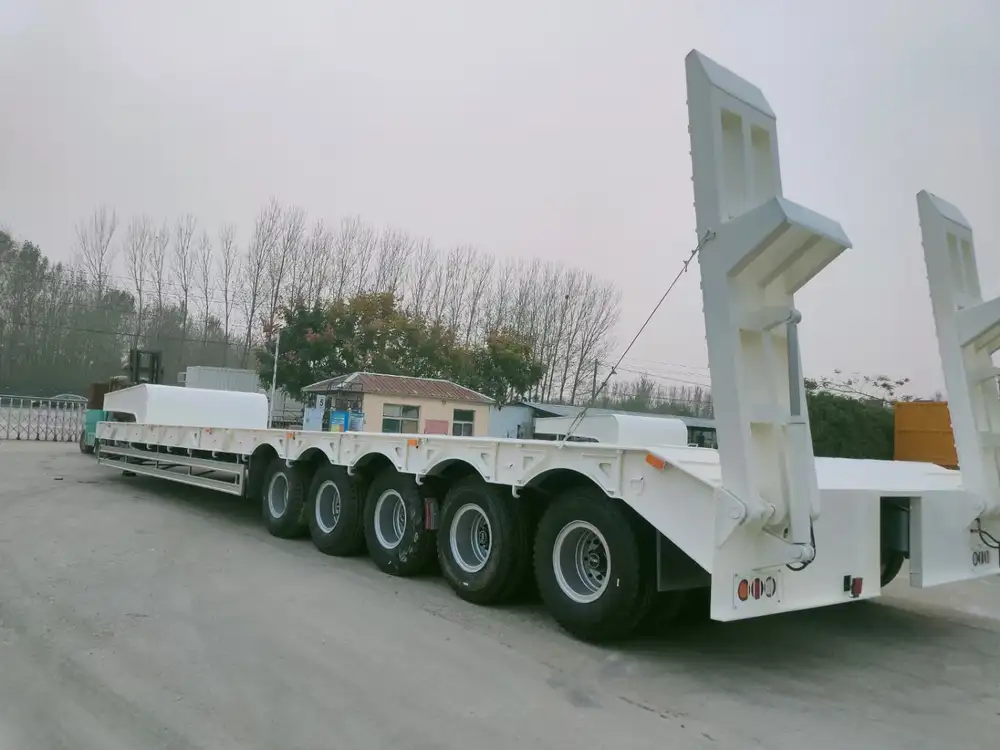Navigating the vast world of semi-trailer maintenance can be daunting, especially when it comes to the intricate components such as slack adjusters. It’s crucial to understand both the “how” and the “why” behind replacing slack adjusters to ensure optimal performance and safety. In this guide, we will delve into the detailed steps needed to replace slack adjusters on your semi-trailer, the tools required, and the considerations to keep in mind during the process.
Understanding Slack Adjusters: The Unseen Heroes
Slack adjusters are critical components of your semi-trailer’s air brake system. They automatically adjust the brake shoes as they wear down, maintaining the proper distance between the shoes and the drum. This ensures effective braking performance by keeping the brake stroke within specification, enhancing safety, and reducing wear on braking components. Neglecting slack adjuster maintenance can lead to decreased braking efficiency, increased maintenance costs, and, more critically, safety hazards.
Common Signs of Slack Adjuster Failure
Before diving into the replacement process, we need to identify the signs indicating that slack adjusters are failing. Here are some common symptoms that necessitate immediate attention:
| Symptom | Description |
|---|---|
| Uneven brake wear | One side of the trailer brakes is wearing faster than the other. |
| Excessive brake stroke | Brakes need to be engaged longer before effective stopping power is achieved. |
| Frequent brake adjustments | Adjusters are regularly requiring manual adjustments more frequently than usual. |
| Unusual noises | Grinding or scraping sounds when braking may indicate malfunctioning components. |
| Warning lights | Dashboard alerts related to the braking system may indicate slack adjuster issues. |
Identifying these symptoms early on can help prevent more extensive damage and ensure safety on the road.

Essential Tools and Equipment
Before beginning the replacement process, gather the following tools and equipment:
- Basic Hand Tools: Wrenches, sockets (commonly 1/2″, 9/16″), and screwdrivers
- Torque Wrench: For properly securing bolts to manufacturer specifications
- Pry Bar: Assists in removing stubborn slack adjusters
- Air Compressor: Essential for releasing brake air pressure
- Jack and Safety Stands: To elevate and securely support the trailer
- Replacement Slack Adjuster: Ensure compatibility with your trailer’s specifications
Step-by-Step Guide to Replacing Slack Adjusters
Step 1: Safety First
Before attempting any maintenance, ensure the semi-trailer is parked on a flat surface, the parking brake is applied, and the wheels are chocked to prevent rolling. Disconnect the air supply to the trailer to release any brake pressure.

Step 2: Elevate the Trailer
Using a jack, elevate the trailer to gain access to the brakes. Always place safety stands beneath the frame of the trailer for additional support.
Step 3: Identify the Slack Adjusters
Locate the slack adjusters, which are typically mounted on the brake chambers. They may be positioned horizontally or vertically, depending on the brake configuration. Understanding their orientation will assist in the disassembly process.
Step 4: Disconnect the Slack Adjusters
- Remove the Cotter Pin: Locate and remove the cotter pin or retaining clip securing the adjuster lever to the brake chamber.
- Unbolt the Slack Adjuster: Use the proper socket to remove the bolts securing the slack adjuster to the axle. If the adjuster is stuck, use a pry bar to gently tap and free it.

Step 5: Install the New Slack Adjuster
- Position the New Adjuster: Align the new slack adjuster for installation. Ensure it is facing the correct direction to facilitate the brake linkage.
- Secure with Bolts: Using a torque wrench, tighten the bolts to the manufacturer’s specifications. This ensures that the adjuster is held securely in place.
Step 6: Reconnect the Adjuster Lever
- Reinstall the Lever: Secure the lever back to the slack adjuster arm and reinsert the cotter pin or retaining clip.
- Check for Free Movement: Ensure the adjuster lever moves freely without obstruction. This is critical for the efficient operation of the brake system.
Step 7: Repeat on the Opposite Side
For balanced braking performance, replace slack adjusters on both sides of the trailer simultaneously. This will prevent uneven wear and ensure consistent braking.

Step 8: Test the Brake System
- Pressurize the System: Reconnect the air supply and pressurize the brake system. Check for leaks at all connections.
- Perform a Brake Check: With the trailer safely elevated, perform a brake check by testing the response of the slack adjusters. Ensure that the brakes engage and release smoothly.
Step 9: Lower the Trailer
After confirming that the slack adjusters are operating correctly, safely lower the trailer back to the ground.
Maintenance Tips for Slack Adjusters
To extend the lifespan of your slack adjusters and ensure optimal performance, follow these maintenance tips:
- Regular Inspections: Include slack adjusters in your routine checks, examining them for wear and tear.
- Ensure Proper Lubrication: Although many modern slack adjusters are sealed, ensure they are functioning properly without excessive friction.
- Monitor Brake Performance: Always be vigilant for changes in brake performance, adjusting slack adjusters as needed to maintain efficiency.

Comparisons: Manual vs. Automatic Slack Adjusters
Understanding the differences between manual and automatic slack adjusters can significantly influence maintenance decisions and practices.
| Criteria | Manual Slack Adjusters | Automatic Slack Adjusters |
|---|---|---|
| Maintenance Requirement | Require regular manual adjustments | Self-adjusting; minimal maintenance needed |
| Ease of Use | Can be more complicated to adjust | Automatically adjusts for wear |
| Cost | Generally lower in price | Higher initial cost, reduced long-term costs |
| Performance Consistency | Dependent on operator diligence | Consistent performance over time |
Conclusion: Prioritizing Safety and Efficiency
In conclusion, knowing how to replace slack adjusters on semi-trailers is a vital skill for ensuring optimal braking performance and safety on the road. Regular maintenance not only prolongs the life of your brake system but also significantly enhances the safety of your operations. Whether you’re a seasoned technician or a fleet manager, understanding the importance of slack adjusters and the process of their replacement will keep your fleet running smoothly.
Maintaining your semi-trailer’s braking system goes beyond just replacing slack adjusters; it involves adopting a comprehensive approach to regular inspections, understanding your equipment, and investing in quality components. By prioritizing these aspects, you ensure that your vehicle not only meets regulatory standards but also operates efficiently on the road.
Finally, remember to consult your semi-trailer’s manufacturer guidelines for specific details about slack adjuster replacement and maintenance. Safe travels and smooth operations depend on proactive care for all components, especially those as crucial as your slack adjusters.



